Application
Application Examples
Vehicle Aerodynamics
Cd (drag coefficient) and Cl (lift coefficient) are used to characterize a vehicle's aerodynamic performance. These coefficients have been traditionally determined by wind tunnel tests. However, SC/Tetra has been validated for calculating aerodynamic performance with minimum error compared to experimental data. SC/Tetra can model precise underbody details and pipes due to its highly tuned solver that consumes minimal memory. Software Cradle is dedicated to continually improving SC/Tetra's accuracy and capabilities. The company also provides technical support by conducting complex, high-level simulations for its clients.
Passenger Comfort
In addition to vehicle aerodynamics, optimization of interior climate control systems is also an important CFD application. Applications include interior heating and cooling (including solar radiation) and windshield defogging and defrosting. SC/Tetra is capable of handling very complicated geometries with its sophisticated and robust grid generator and low memory consumption solver. In addition, SC/Tetra offers unique capabilities for predicting occupant comfort by employing a fully coupled human body thermoregulatory model. This model considers the detailed human body vascular system and individual physiological factors.
Air Conditioner Ventilation Duct
SC/Tetra is used for designing an air conditioner ventilation ductwork. CFD makes it possible to compute efficiently balanced air distribution enabling design optimization where space is extremely limited
Underhood Cooling
- Engine compartment ventilation, such as radiator cooling performance, is an important CFD application. SC/Tetra is suitable for accurate computations of highly complex geometrical models including engine, radiator fan, accessories, and vehicle underbody details. This analysis can including calculating the pressure drop through the radiator.
Side View Mirror
In addition to simulating vehicle aerodynamics, CFD is also used to optimize the shape of individual vehicle components that affect the overall aerodynamics. One example is a side view mirror. The side view mirror must satisfy a range of design criteria including being positioned to reflect the proper views, minimizing drag, repelling droplets of water on the mirror surface, and minimizing production of aerodynamically induced acoustic noise. SC/Tetra can be used to evaluate different design concepts in a short amount of time.
Manifold
Intake and exhaust manifolds performance are usually first simulated in steady state to ensure a uniform pressure distribution. Transient analysis is used to determine if reverse flows exist. In addition to internal flow simulation, an exhaust manifold should be thermally simulated to ensure correct material selection and material thicknesses.
Torque Converter
Analysis of torque converter used in automatic transmission of a vehicle requires calculation that accounts for rotating boundary. It is possible to evaluate torque values as well as pressure (force) imposed on each component.
Engine Valve
For engine valve analyses, the swirl ratio and/or tumble ratio are important fuel mixture parameters that greatly influence combustion and emissions. SC/Tetra is used for calculating and optimizing inlet and exhaust valve design geometries.
Analysis of Duct of Engine Port
Flows of engine port can be analyzed using mesh adaptation analysis. The area where mesh should be more refined can be automatically detected using this function, which refers to analysis results. By re-generating mesh and re-processing calculations, more accurate results can be obtained, which do not depend on the mesh generating skill of analysts.
Flow Analysis of Engine Port
This type of analysis is designed to predict the inflow rate of air that depends on valve lift and degree of attachment. Analysis time and memory can be minimized by applying a model in 1/2 scale when a symmetrical geometry is used. Automatic script processing is also possible using valve lift and degree of attachment as parameters.
Analysis of Gasoline Sloshing of Tank
Fluid sloshing occurs within gasoline tanks of vehicles and ships, deriving from external periodic vibration. This may cause damages on tanks or fuel leakage. It is possible to predict fluid vibrations changes in pressure of the container by using free surface function called VOF (volume of fluid). Design engineers can identify ideal container geometry that prevents concentration of loads by examining the flow and pressure.
Vehicle Headlights
Thermal management is crucial due to high output characteristic of vehicle headlights, especially when LED headlights are used, which have low heat-resistant temperature. Heat from light source is emitted to open air as radiant energy along with heat conduction and convective heat transfer. Highly accurate prediction of temperature is possible by accounting for reflector and radiant energy reflectivity and absorbance degree of cover material.
Heat Exchanger (Radiator, Inter-cooler, Oil Cooler)
A CFD simulation of an heat exchanger e.g. a radiator, considers two working fluids - usually air and water/coolant. CFD is used to determine the efficiency of the heat exchanger which is directly a function of the velocity of the fluids at the wall. CFD also predicts whether the coolant flow is uniform within the heat exchanger. Coolant flows of water jacket in engine block can also be analyzed, as the mechanism is principally the same as heat exchanger
Analysis of the Fluid Flow inside In-cylinder (Mesh Element Distribution and Surface Pressure Distribution)
Complicated transient flow occurs in cylinders due to opening and closing of engine valves. Opening and closing of valves can be analyzed by overset mesh function that calculates layered in-cylinder and valve mesh elements. As contact between objects can be taken into account in this analysis, which was formerly difficult to examine, it is possible to draw more accurate prediction of flow field that is determined by opening and closing motions.
Aerodynamic Analysis of Formula Car (Surface Pressure and Streamlines)
In Formula car races, it is important to reduce air drag for faster and more stable driving. Simulations of airflow over a racing car enables an understanding of the mechanisms behind air drag with visualizations of the complicated flow patterns and pressure force on the car body, thereby contributing to the improvements of body shape.
Analysis of the Air Flow in Large Vehicle Interior (Streamline and Distribution of Surface Temperature)
Thermal comfort of bus interior space can be evaluated. Air-conditioning effects and thermal loads can be taken into account. Passengers can be represented using JOS (thermoregulation) models, which accounts for blood circulation and thermal management function of body, as well as effects of clothing. Using this analysis, it is possible to evaluate the level of passenger comfort by calculating air temperature as well as skin temperature and perspiration of passengers in vehicle indoor space.
Analysis of a Water Jacket
A water flow channel placed for cooling the heat from engine cylinders is called a water jacket. A water jacket is designed in such a way to make the flow speed fast at the portions that particularly need to be cooled, and also to avoid air pools. In SC/Tetra, mesh can be generated automatically even for this kind of complicated, large-scale geometry.
Thermal Analysis of a Vehicle Headlamp (Temperature Distribution)
Thermal management is crucial due to high output characteristic of vehicle headlights. Heat from light source is emitted to open air as radiant energy along with heat conduction and convective heat transfer. Highly accurate prediction of temperature is possible by accounting for reflector and radiant energy reflectivity and absorption of cover material.
Analysis of Liquid Film
Effects of paints can be analyzed using liquid film model. Spray paints from nozzle can be modeled and liquid particles change to a liquid film when reaching on the wall. Analysis using liquid film model requires less calculation load compared to free surface analysis function, which accounts for surface tension and angle of contact, which makes it suitable for analyzing expansion of thin liquid film.
Analysis of Electrostatic Spray
This is an example where particle tracking was used to analyze spraying effects of paints from spray gun. Effects of paint particles can be evaluated, which are emitted through electrostatic field created by voltage applied from spray gun, while being exposed to electrostatic force. It is also possible to calculate the adhered position of paints on target object, and adhered thickness.
Case Study Interviews

How to Craft Solutions with Cradle CFD on Rescale

Case Study : Shrimp Freezer - Khon Kaen University

COVID-19 : Sneezing Simulation - scFLOW
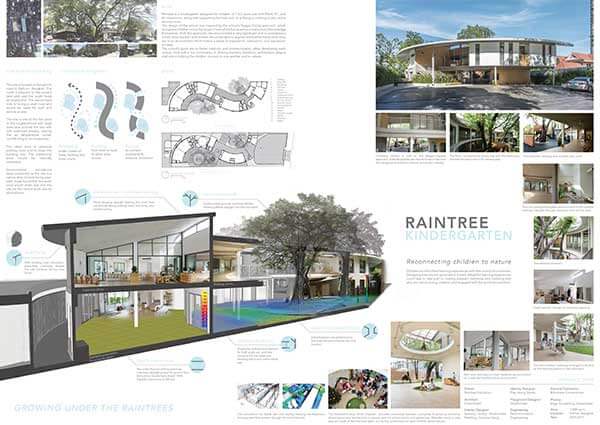
Case Study: Raintree Kindergarten - GreenDwell Thailand
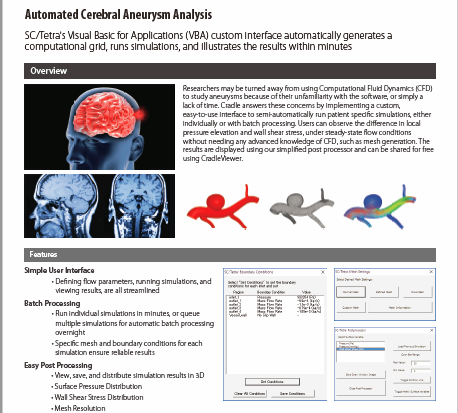
Cerebral Aneurysm Prediction: Life Saving Potential with CFD Simulation
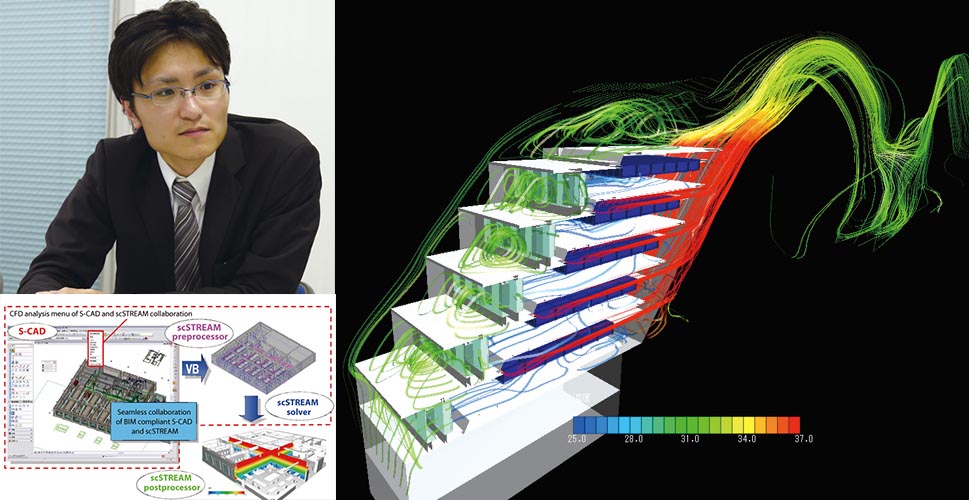
Using the Most of CFD Analysis by Efficient Cooperation with BIM - SHINRYO CORPORATION
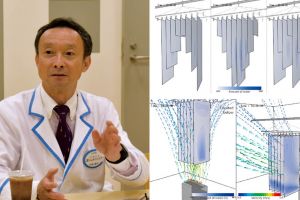
Effective Ventilation for Drying Wet Clothes Indoors Simulation - Lion Corporation
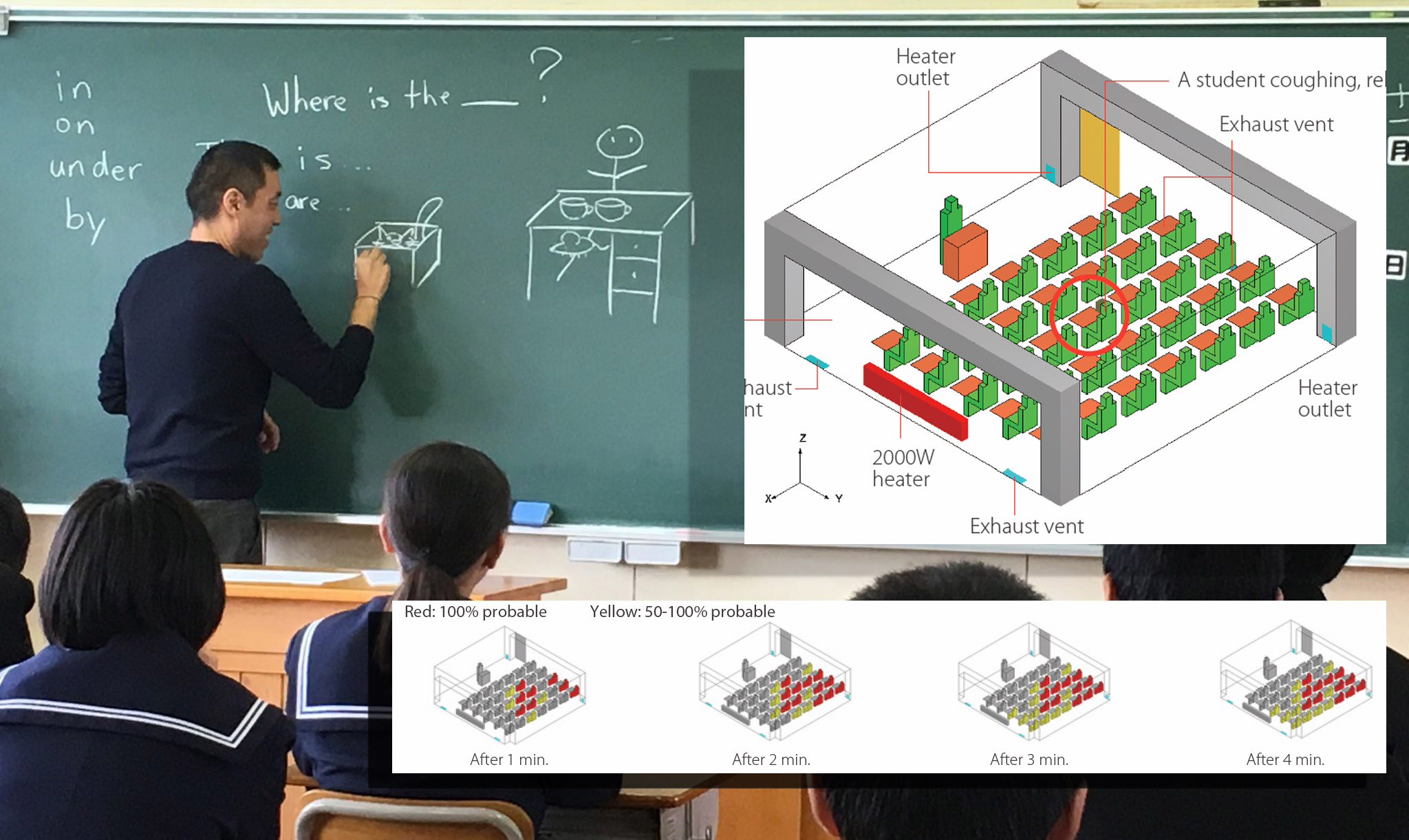
Spread of Virus in a Classroom - scSTREAM
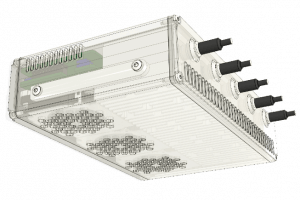
Applying MSC Cradle CFD to WayRay’s Holographic AR Navigation Cooling System Development















